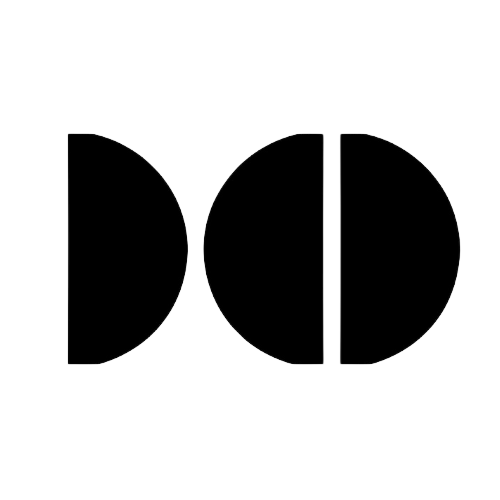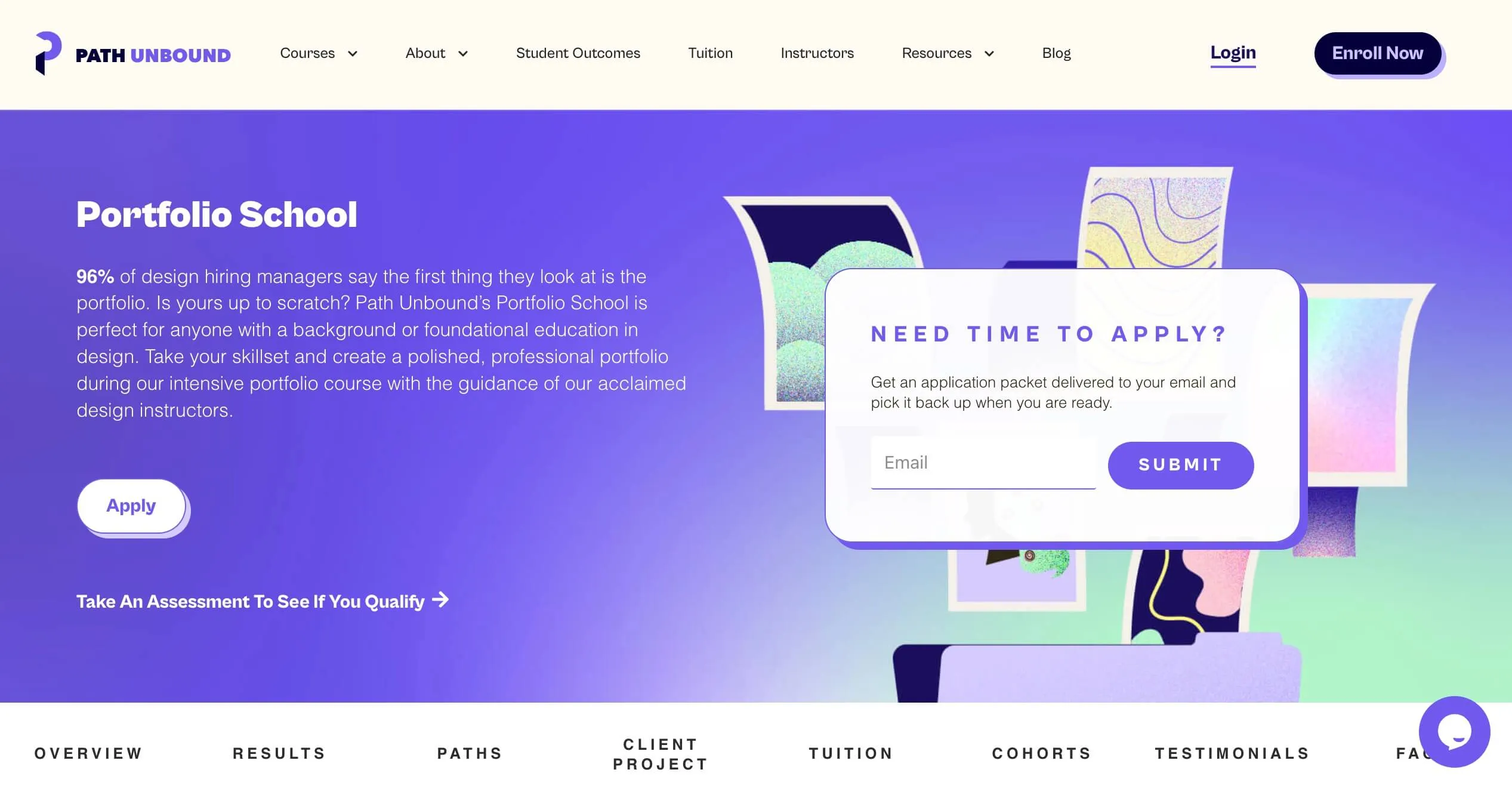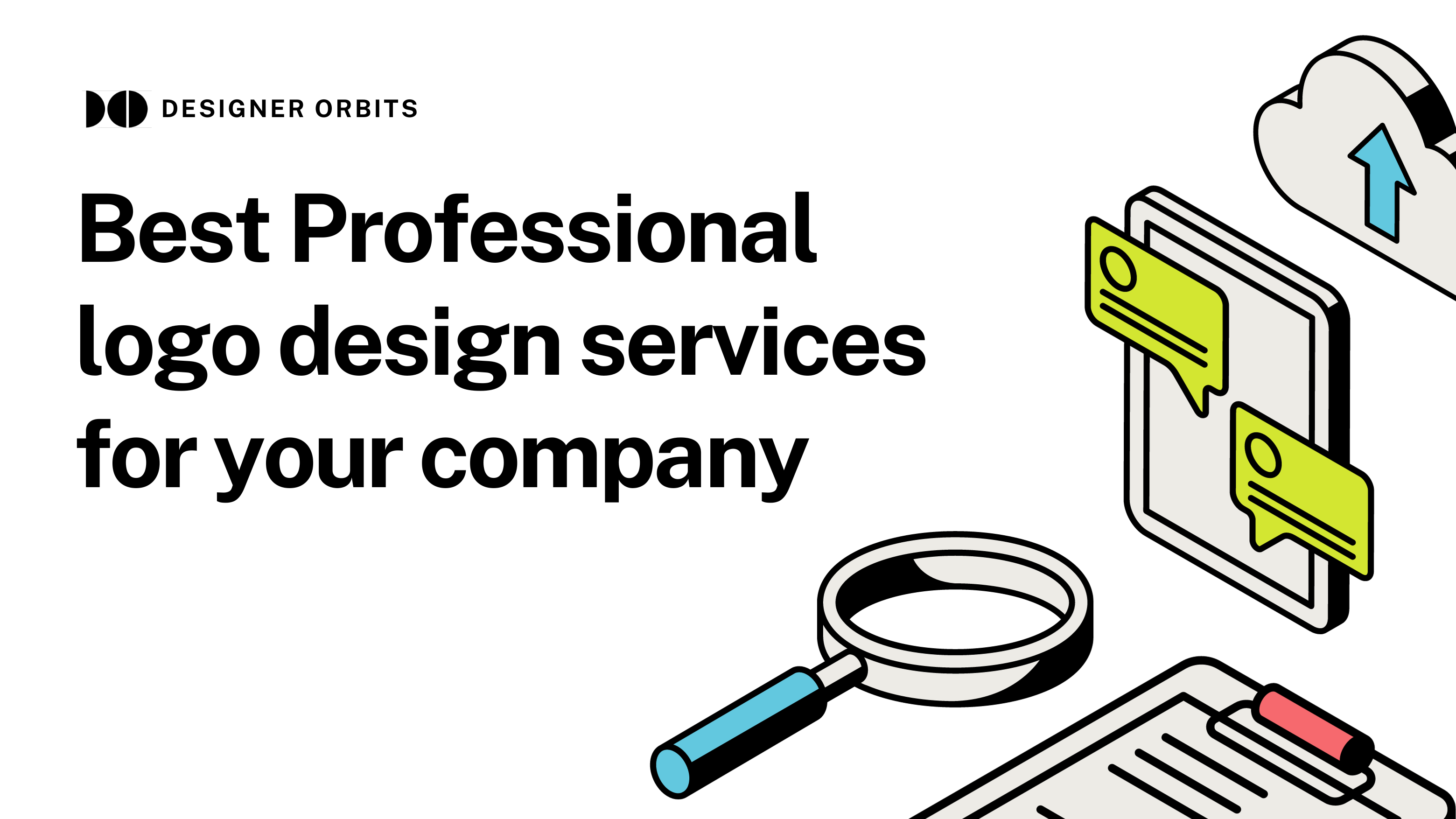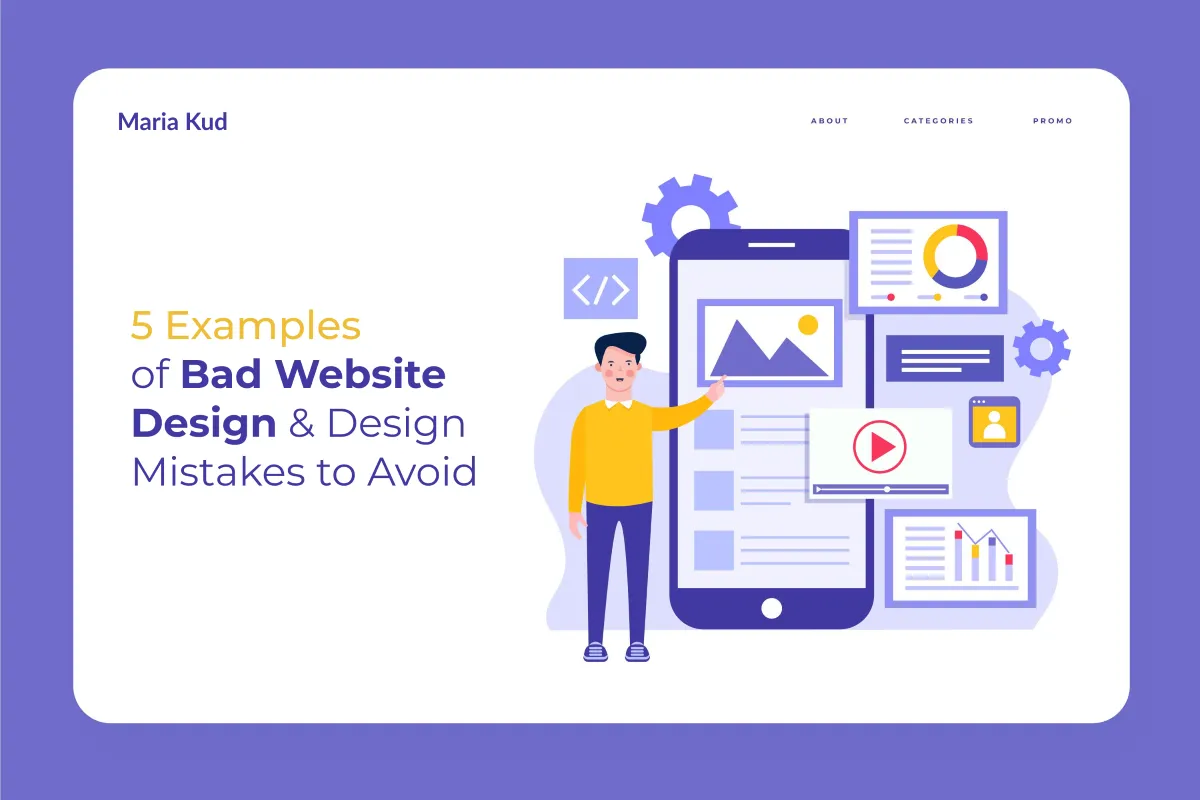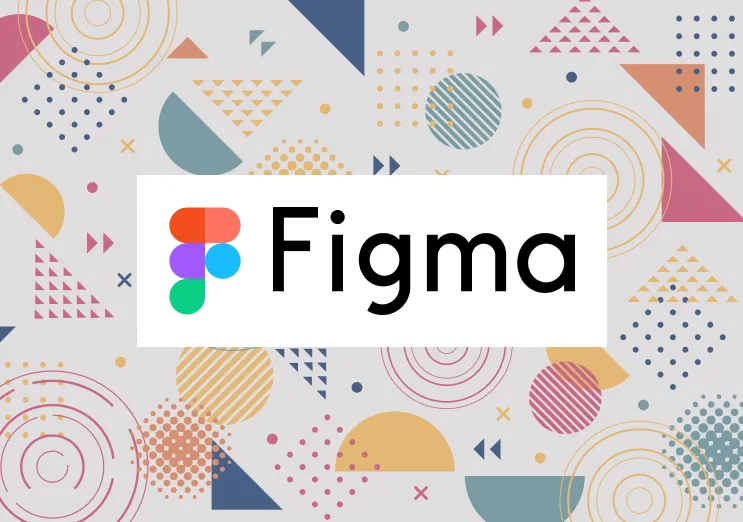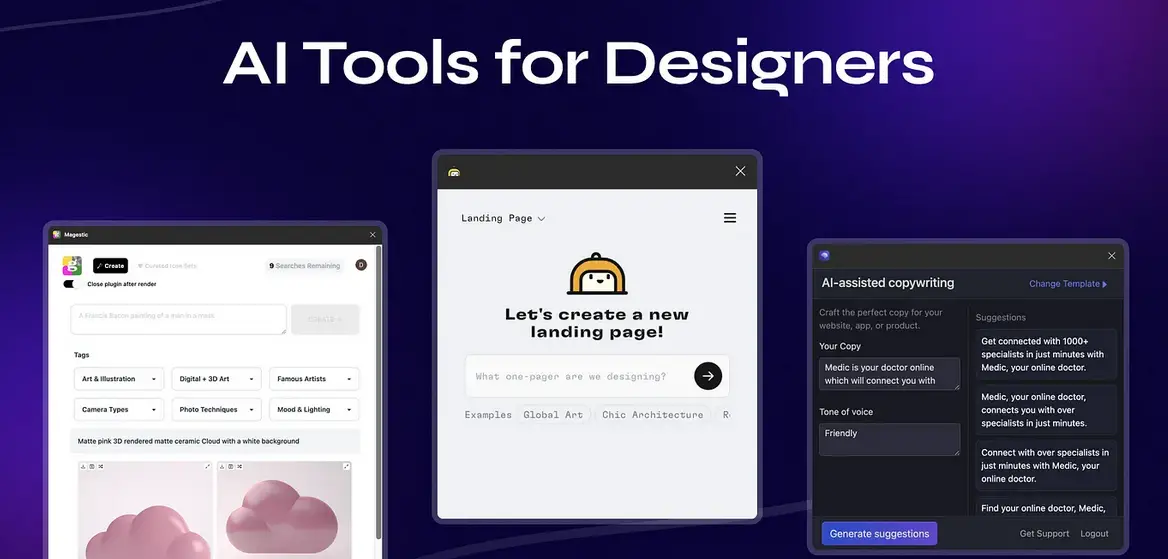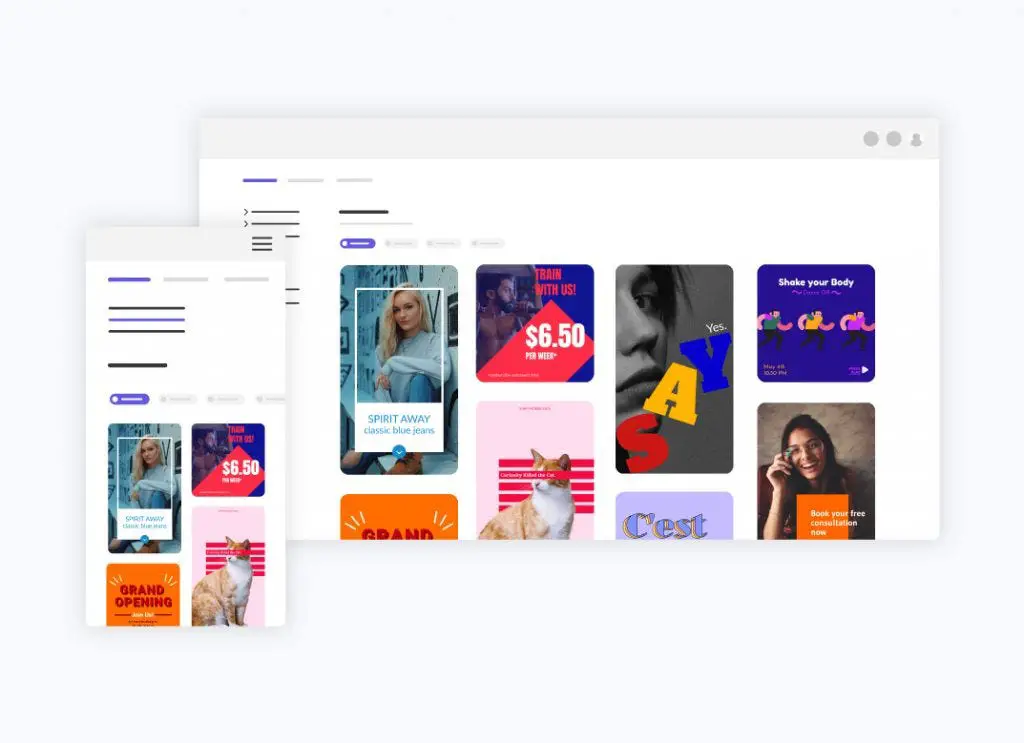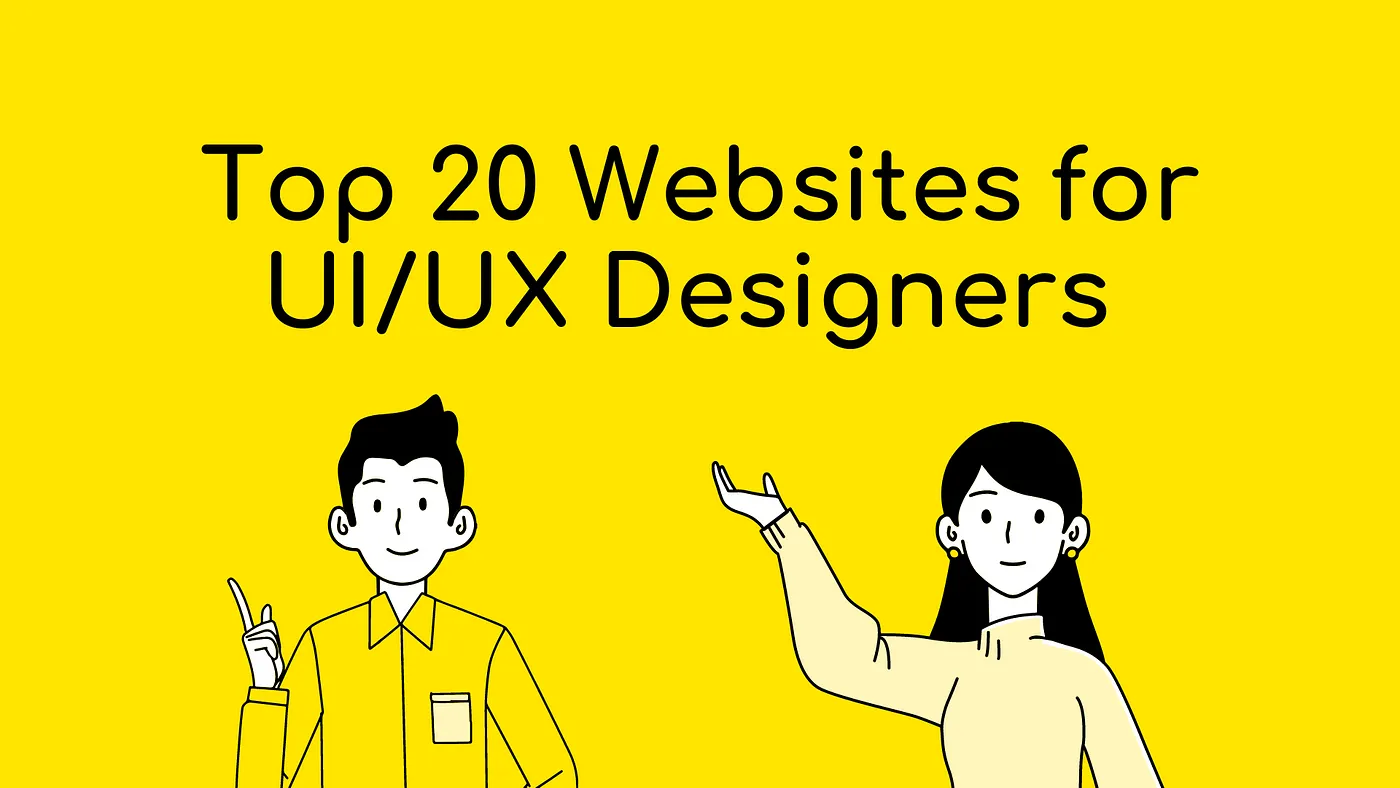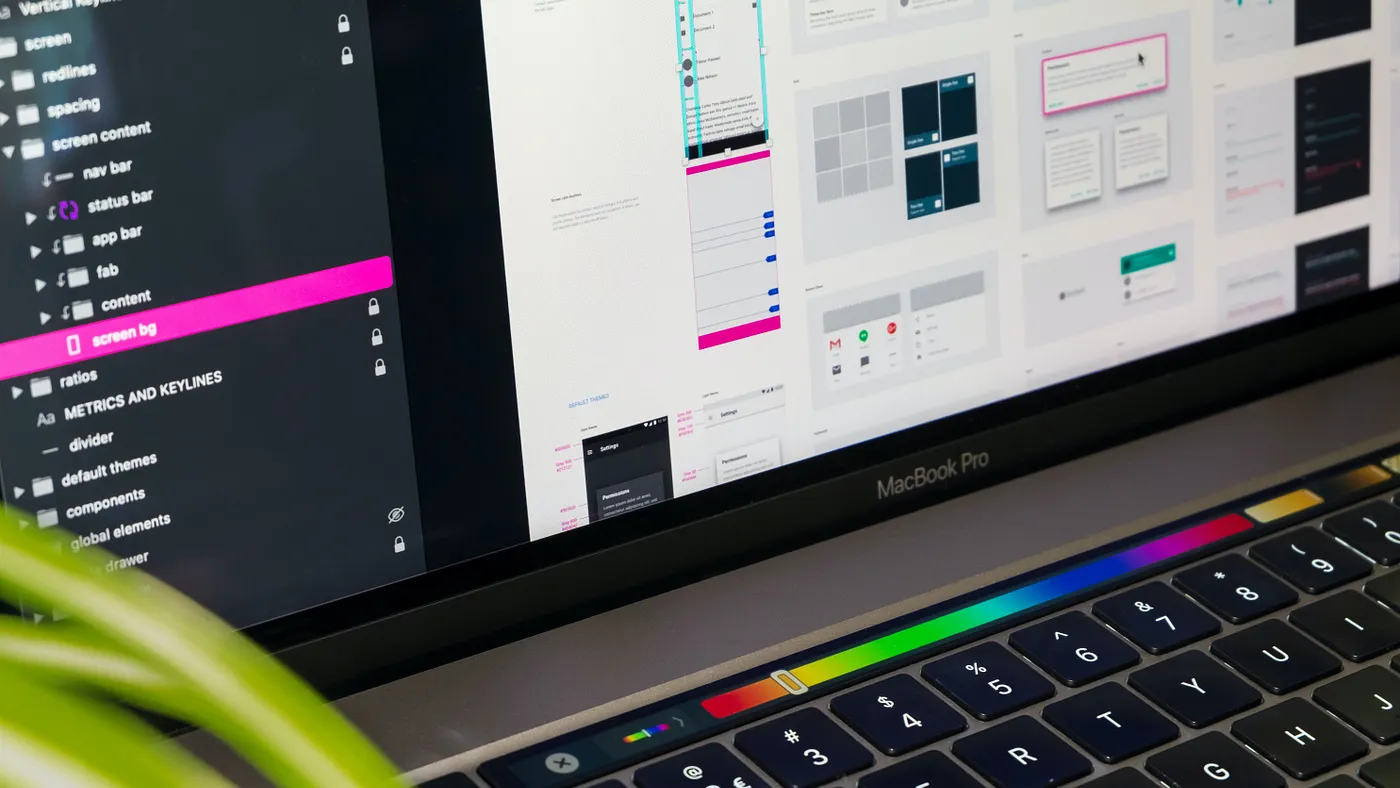So you just graduated from a UI/UX bootcamp or completed that hyped Google UX Design Certificate. You polished your portfolio, shot off applications, and then… crickets. Sound familiar? You’re not the only one.
In this article, we’re going to break down why your portfolio might not be opening doors, what hiring managers are really looking for, and which programs actually help you build a job-worthy portfolio. If you’ve been stuck in that no-response phase, this one’s for you.
The Bootcamp Portfolio Problem
What Bootcamps Promise vs. What They Deliver
Bootcamps often advertise job readiness and portfolio-worthy projects. But here’s the truth: many of them are fast-paced, surface-level, and focused more on checking boxes than building standout portfolios.
Cookie-Cutter Projects and Their Pitfalls
Most bootcamp projects follow the same UX flow: problem statement → persona → journey map → wireframes → mockups. The result? Thousands of nearly identical portfolios that hiring managers can spot a mile away.
Limited Time, Limited Depth
Three-month courses don’t leave much room for iteration, feedback, or depth. You might finish a case study, but did you really solve a complex problem in a unique way?
Why Portfolios Still Matter (Especially for Juniors)
Portfolios Are Proof, Not Just Pretty Pictures
Your portfolio is the one place where you can show—not just tell—what you’re capable of. It’s your proof of thought, process, and visual execution.
Experience vs. Evidence — What You Really Need
You might not have job experience yet, but if you can show evidence of smart design decisions, thoughtful problem-solving, and user validation, you’ll stand out.
The Junior Designer’s Dilemma
Without work experience, your portfolio is your value proposition. If it’s weak, no amount of enthusiasm in your resume will save it.
What Hiring Managers Really Want to See
Depth of Thought Over Process Templates
Forget robotic steps. Employers want to see how you think. Why did you choose this design? What trade-offs did you make? Where did you pivot?
Product Thinking > Textbook UX
Design is not just about aesthetics—it’s about solving business problems. Show that you understand product goals, not just user needs.
A Real-World Problem Solving Mindset
Be the designer who thinks like a product manager and executes like a creative. That’s a rare (and valuable) combo.
The Power of Storytelling in Portfolios
Why Storytelling Trumps Step-by-Step Slides
Storytelling makes your portfolio memorable. A good story adds emotion, clarity, and context—things that a rigid UX process can’t do on its own.
How to Structure a Story That Sells You
Start with the problem. Build tension. Introduce your insights. Show your solution. And wrap it up with impact. Think of it like a Netflix episode—keep them hooked.
Visual Design Matters More Than You Think
Why Good UX Is Still Good UI
Hiring managers often want hybrid designers. Strong visual skills paired with UX thinking? That’s gold. Visuals are how users experience your design.
Attention to Detail = Attention to Users
Typos, spacing issues, messy layouts—they all scream inexperience. Precision shows you care about the user’s experience down to the pixel.
Hybrid Skillsets Are the Future
Designers who can do both UI and UX? They’re in high demand. If you’re only good at one, you’re limiting your opportunities.
The Big-Name Courses That Fall Short
Google UX Design Certificate
It’s affordable, accessible, and has a great name attached—but it lacks instructor feedback, real mentorship, and portfolio support.
Coursera and Other Video-Only Courses
Watching videos doesn’t make you job-ready. These courses rarely offer real-world challenges or project critiques from experienced pros.
The Lack of Mentorship and Real-World Practice
Without professional feedback, you’re designing in a vacuum. You need a mentor to spot what you can’t.
Portfolio-Focused Programs That Actually Work
Path Unbound Portfolio School
This one’s built specifically for portfolio building.
Portfolio Express
A 9-week accelerator for those who already have project drafts and want to polish them to industry standards.
Portfolio Kickstart
A 12-week program for those who need to create strong case studies from scratch.
Path Unbound’s Full UI/UX and Visual Design Tracks
If you’re starting from zero, these longer programs take you from beginner to job-ready—portfolio included.
RookieUp Portfolio Mentorship Programs
Self-paced programs where you get 1-on-1 time with mentors. Great for those who already have the basics down.
Shillington School’s Global Design Education
Their on-campus programs are highly visual and portfolio-driven. Graduates often land jobs quickly thanks to polished, professional-level portfolios.
Choosing the Right Path for Your Career
What to Look for in a Program
Look for feedback loops, real project briefs, mentorship from actual designers, and structured portfolio support.
Mentorship, Real Projects, Feedback Loops
The secret sauce to a great portfolio? Revisions. The more eyes on your work, the stronger it gets.
Conclusion
The Portfolio is Your Passport
In UI/UX design, your portfolio isn’t just a collection of work—it’s your career passport. It’s how you prove you’re worth hiring.
Invest in Craft, Not Just Content
Courses come and go. Portfolios evolve. The more you invest in building thoughtful, real, beautiful projects, the closer you’ll get to landing that dream job.
FAQs
1. Is a portfolio really more important than a resume?
Yes. For designers, portfolios are your resume. Employers rarely call someone based on a resume alone.
2. What should I do if I don’t have real-world projects?
Do self-initiated or redesign projects. Focus on solving real problems in a creative and well-documented way.
3. How long should I spend on a case study?
Quality over speed. A single, in-depth case study can be more impactful than five rushed ones. Plan to spend at least 4–6 weeks per case.
4. Can I get a UI/UX job without a degree?
Absolutely. If your portfolio rocks, you can land a job without any formal degree.
5. Do employers care about certificates?
Not as much as you think. Portfolios and projects carry far more weight than any certificate.
